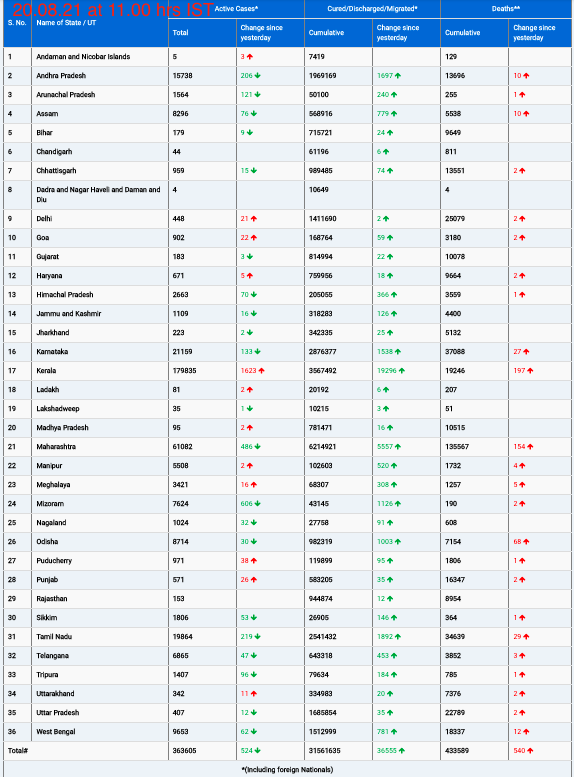Read Time:2 Minute, 36 Second
WHO News release


Telemedicine technologies have been beneficial in the screening, diagnosis, management, treatment and long-term follow-up of a series of chronic diseases in the WHO European Region, according to a new study by WHO/Europe and the Faculty of Health Sciences at the Universitat Oberta de Catalunya, a WHO Collaborating Centre in eHealth.
During the COVID-19 pandemic, countries relied heavily on digital technologies to continue to provide essential healthcare services to patients. Telemedicine use was already seen as an accessible and cost-effective approach to delivering high-quality care and reducing overall morbidity and mortality. To get an overview of the status of telemedicine in Europe and central Asia today, the authors looked at data from over 20 000 studies from the 53 countries in the Region, covering over 20 000 enrolled patients.
Barriers in the delivery of telemedicine
“We have found that the use of digital tools to provide health services had a clear and significant effect on patients,” explains Dr David Novillo-Ortiz, Regional Adviser on Data and Digital Health and lead author of the study. “We saw better clinical outcomes, better follow-up by health professionals and an overall benefit for both patients and health workers.”
At the same time, the study also found barriers related to users, technology and infrastructure.
“These include lack of or poor internet access, health worker resistance, shortcomings in their knowledge of technology, heavy workloads, or insufficient training,” Dr Novillo-Ortiz added. The study found that some patients showed resistance to the use of telemedicine, primarily because of their preference for personal contact with health professionals.
Comprehensive approaches needed for telemedicine interventions
The study calls for the design of comprehensive approaches to telemedicine in the Region.
“Based on these positive results showing how effective telemedicine can be, policy-makers should consider promoting their widespread implementation, while also recognizing and addressing some of these barriers, so that the health benefits of these tools are available to all who need them,” said Dr Natasha Azzopardi Muscat, Director of Country Health Policies and Systems at WHO/Europe, and one of the co-authors of the study.
In addition to specific barriers, the paper notes, “Poorer nations should also be included to benefit from emerging health technologies.”
Policy initiatives include Regional Digital Health Action Plan 2023–2030
WHO/Europe and the European Commission have launched initiatives to develop and implement telemedicine through various policies, notably the Regional Digital Health Action Plan for 2023–2030 that was approved by ministers of health at the WHO Regional Committee for Europe in September.
The plan states that digital health solutions, including telemedicine, can contribute to advancing universal health coverage, protecting the public in times of emergencies, and enhancing health and well-being in the Region.
Other initiatives focusing on the implementation of telemedicine include the Horizon 2020 and Horizon Europe funding programs and the European Reference Networks.
These initiatives and policies recognize not only the power of telemedicine to break down geographical barriers and expand access to health services, but also the need for mechanisms to mitigate barriers and risks.











